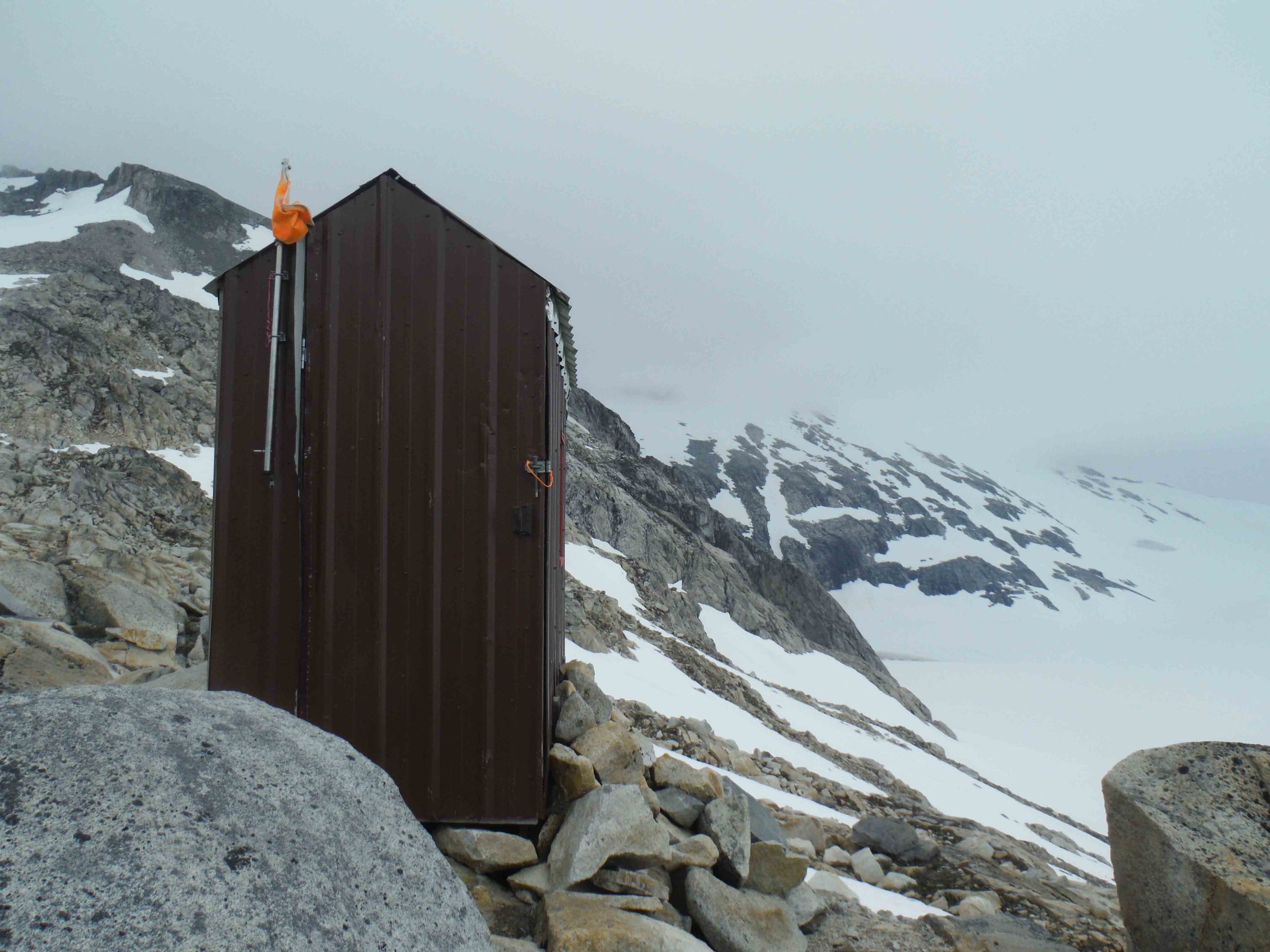Salvatore G. Candela: What was your educational path to becoming a scientist?P.
Jay Fleisher: As is true for many youths, it is possible to be
influenced by a single teacher or mentor, and the influence came for me
when my general science teacher in 5th or 6th grade took us to a
university where we toured the engineering facilities and got to see
presentations by the faculty. I was so impressed by what these people
did that I knew I wanted to be a scientist or engineer. During my first
semester in an engineering curriculum I took a mandatory geology class
that seemed to deal with topics of special interest. As I found myself
learning about the formation of rocks and the Earth, I questioned “How
could I possibly not study this?”. As I read the text books and listened
to lectures I became so attached to the subject, and felt a passion for
it, which lead me to become a geologist.
SC: What is your current field of study and interest?
PJF.: While in undergraduate school I found an introduction to a book on
metamorphic rocks that said “the best geologist is the one who has seen
the most rocks”. This inspired me to leave NY once finishing my
undergraduate degree and head to North Carolina for my Masters to “see
more rocks”. From there I headed to New Mexico to see even more rocks,
and continue to grow my own knowledge on the topic. While working there,
I realized I needed a PhD to do what I really wanted to do, teach at
the college level. While in graduate school for my PhD, I decided to
study glacial geology.
SC: What would you say was your greatest contribution to the world of science?
PJF: To have mentored and inspired undergraduate students to become scientists.
SC: What are the best and worst places your work has taken you?
PJF: The best place isn’t a place, it’s an environment, and the
environment is the glacier wilderness, examples include the Juneau
Icefield and Bering Glacier, Alaska.
The
worst place….(long pause), was where I experienced being wet and cold,
the combination being very physically uncomfortable, such as on the
Juneau Icefield, and the Bering Glacier, Alaska, as two examples.
Getting through these are also the experiences I take the greatest pride
in.
SC: How did you become involved in JIRP?
PJF: While on the faculty at SUNY-Oneonta, I reacted to a mailed flyer
that described the JIRP program and applied and was accepted in 1968.
This was during my post-doc research. When I got here, I realized that
this was a place I could learn a lot about glaciers and glaciation, but
also a place where I could learn at least as much, if not more about
myself, thanks to the constant challenges presented in this environment.
SC: How has JIRP inspired your work or research direction?
PJF: While on a traverse across the Juneau Icefield, having traveled for
two days in a storm including a bivouac on the glacier, my small field
party of five were being transported on the back of a Thiokol (a large,
tracked, over-snow vehicle) to a permanent camp site. As I sat there,
watching glaciated mountains and glaciers slowly pass by I realized this
is a place that deserves my full attention, because it’s an analog for
what occurred in my home state of New York 14,000 years ago... I was
actually living in an ice age.
SC: As a scientist and former JIRPer, what role do you envision JIRP playing in shaping the coming generations of scientist?
PJF: Hundreds of young men and women were exposed to the Juneau Icefield
under the direction of Dr. Maynard Miller, the founder of the program. Looking
back, I see from the roster of all those who participated, the names of
some of the most outstanding scientists in glaciology and glacial
geology today. Knowing that JIRP launched them and myself into our
careers, I look towards JIRP to do the same for many more in the future.
SC: What advice would you give to the coming generation of young scientists?
PJF: Follow your bliss, never stop questioning, and never stop challenging yourself.
SC: Thank you very much for coming to the Icefield to teach us this year, and allowing me the opportunity to interview you.
Jay would enjoy hearing from those who have benefited from this blog: fleishpj@oneonta.edu


















































